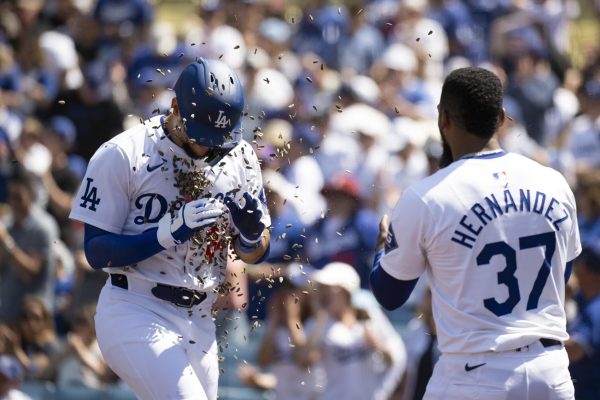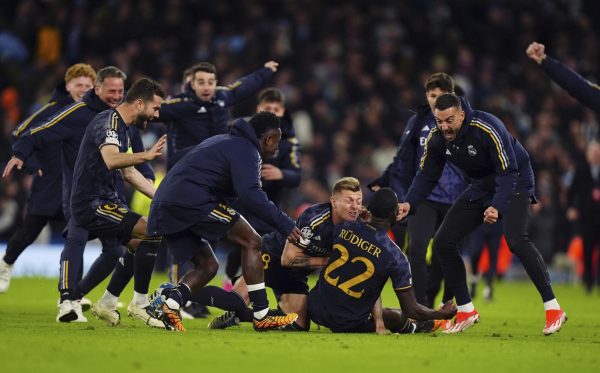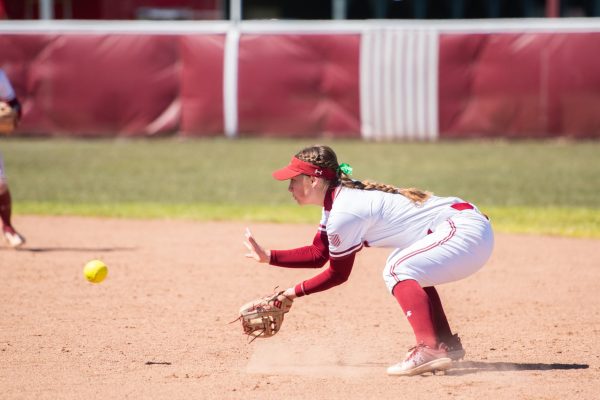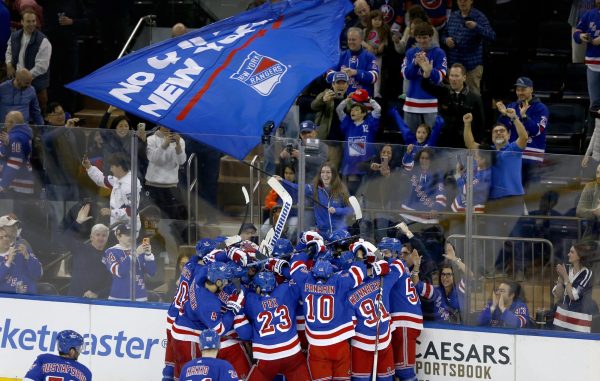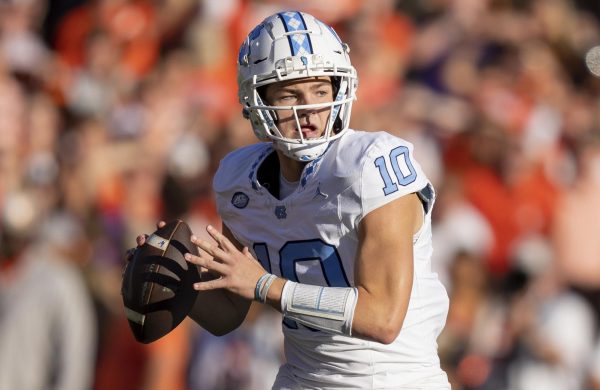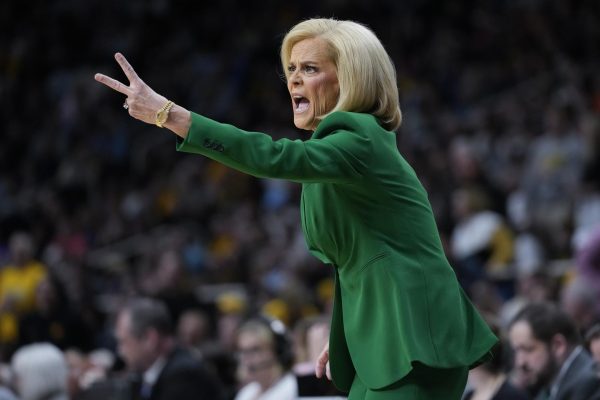An Undercredited Position: The Importance of an NHL Goalie
Of all the positions in hockey, the most unique and underrated is the goalie. Many have seen Boston Bruins defenseman Zdeno Chara fire a slap shot at 108.8 m.p.h. and asked themselves “why would any sane person want to place their body in front of that?” Goalies say they do it for their team and that the pain is worth it. Fans often do not understand the true test goalies undergo every game.
The average shift time on the ice for an NHL forward is about 45 seconds, while the average shift time for an NHL defensemen is about 55 seconds. The average overall ice time for an NHL forward is 13 minutes and five seconds per game, while the average overall ice time for an NHL defensemen is about 20 minutes per game. In contrast, goalies are the only position that play a full 60 minutes, so long as they do not get injured and/or pulled by their coach mid-game. It is a common misconception that goalies do not have the stamina to play a full hockey game, or are not the most skilled skaters. However, the longer ice time shows that the opposite is true.
Another impressive requirement is that goalies are constantly dropping onto their knees and popping back into stance, while simultaneously sliding from side to side, which is quite exhausting.
Thus, it is not the case that goalies do not have the stamina that forwards and defense- man have; rather, they possess a different type of stamina.
Playing goalie requires an athlete to be in a different kind of physical shape than is required for skating out on the open ice. While centers need to be able to skate from goal line to goal line quickly, goalies need to be able to move in about a six-foot area as quickly as the puck moves while keeping their bodies controlled in case a puck comes flying toward them.
This type of agility, quick-thinking and poise requires a lot more skill than many people realize.
Fans love to see goalies drop into the splits to make a stretch save, or dive across the crease to make a last desperation save. However, goalie experts would tell you the most impressive saves are the saves that hit the goalie right in the chest with no re- bound. These saves mean that the goalie was in control, watching the puck and in a great position to make the first save. These are the saves to look out for.
Goalies are often praised after a big win for “standing on their head,” a term used for goalies who play very well. Goalies are also the first to be blamed after a loss.
Actor and former NCAA goalie for Denison University Steve Carell, known for his role as Michael Scott on NBC’s “The Office,” said it best in character when he said, “goalies almost never get credit for winning a game, but they always get blamed for losing a game.”
If a player has a tough day at the rink, they are not judged as harshly because there are 17 other skaters that made up for him or her. However, if a goalie has a tough game, there is absolutely no sympathy.
“Only a goalie can appreciate what a goalie goes through. How would you like it if, at your job, every time you made the slightest mistake a little red light went on over your head and 18,000 people stood up and screamed at you?,” former Montreal Canadiens goalie Jacques Plante said.
In the NHL, a save percentage of .933 or higher is considered very good. Typically, a starting goalie in the NHL has a save percentage above .900. So, while it is a goalie’s job to make the first save, even the best don’t make the save seven percent of the time.
It often takes years for goalies to reach a high save percentage, because it takes time to get used to the speed of the game.
Goalies often do not hit their prime until they are between about 28 and 31 years-old. Within the past three years, the NHL has implemented rules to increase scoring to make the games more exciting. One rule change has been the change of overtime. It used to be that if the score was still tied after overtime, the game would go into a shootout. Now, the NHL has changed overtime to make it a three-on-three period before a shootout.
This change creates a lot of space for very skilled players like St. Louis Blues forward, Vladimir Tarasenko and Toronto Maple Leafs forward Auston Matthews to work their magic.
Three-on-three overtime leads to many breakaways and two one-on-ones, leaving goalies in a very tough position. Studies have shown that a breakaway shot is 113 percent more likely to turn into a goal than an average shot from the same location.
This means that one of the best goalies in the NHL with a .954 save percentage, Tampa Bay Lightning’s Andrei Vasilevsky, is fighting a shot that has a 25.6 percent chance of going in the net when facing a breakaway.
Goalies are a crucial element to the success and failure of a team. More often than not, the teams that win the Stanley Cup at the end of the season have been the teams with a hot goaltender. In fact, goalies are tied with centers for most Conn Smythe Trophies (Playoff MVP Award) in NHL history.
Night in and night out, goalies place their body in front of hard, rubber pucks flying at them to help their team.
Contact Jack Breitowich at [email protected].


